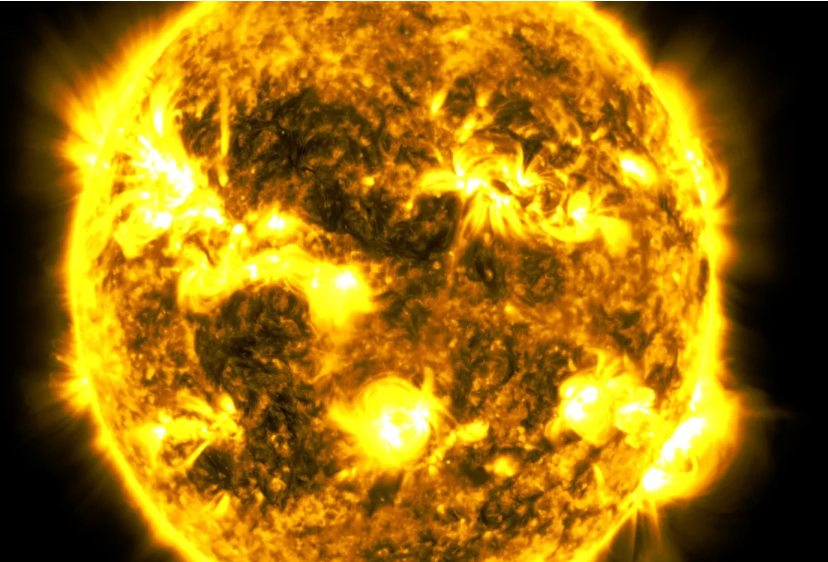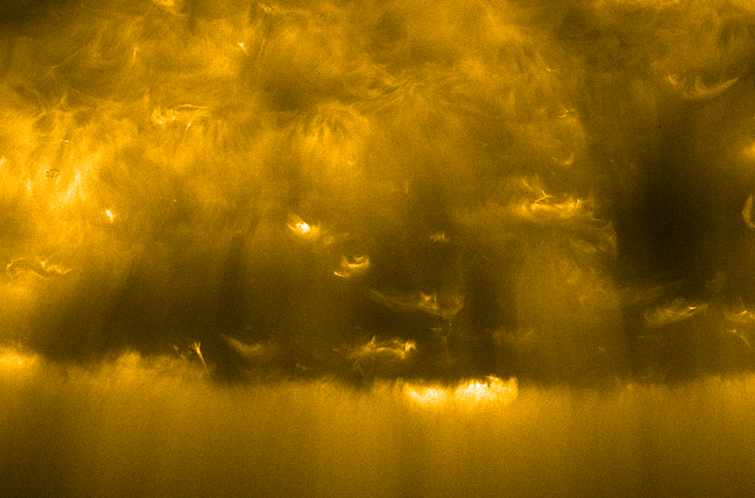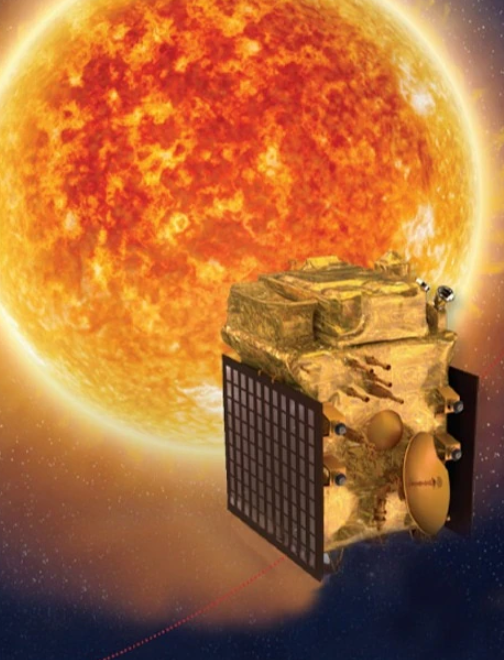ISRO made history by landing a spacecraft softly on the South Pole of the Moon just ten days back. Now India will join the exclusive group of nations that are already researching the Sun if Aditya-L1 is successful. The Indian Space Research Organization (ISRO) is starting a new and bold mission that is focused on the Sun, the center of our solar system, following the extraordinary success of the Chandrayaan-3 moon expedition.The objective of ISRO’s Aditya-L1 mission is to research the corona, the Sun’s outermost layer, understanding solar activity, including flares and coronal mass ejections, aids in forecasting how Earth’s atmosphere will behave. Aditya-L1 will travel 1.5 million kilometers from Earth to an orbital location known as Lagrangian location 1 (L1), where it will have a constant view of the Sun.



Space weather influences the effectiveness of the satellites’ operations. Solar winds or storms can interfere with a satellite’s electronics or even bring down power grids. However, there are gaps in our understanding of space weather.
India has more than 50 satellites in orbit, and they offer the nation a variety of vital services including communication channels, weather information, and assistance in forecasting pest infestations, droughts, and imminent disasters. Nearly 7,800 of the approximately 10,290 satellites still in Earth’s orbit are functioning, according to the UN’s Office for Outer Space Affairs (UNOOSA). Knowing the Sun’s upcoming actions, like as solar wind or an eruption, will enable ISRO to relocate it’s satellites safely, satellites will last longer in orbit as a result of this.


The US space agency NASA and the European Space Agency (ESA) have been keeping an eye on the Sun since the 1990s, but Japan was the first country to send a mission to the Sun in 1981 to research solar flares. The Japan Aerospace Exploration Agency (JAXA) has launched numerous solar missions, including the Hinode (Solar-B) and Yohkoh (Solar-A), which both measured the Sun’s X-ray emissions and studied the Sun’s magnetic field.
The American space agency NASA is engaged in a number of solar missions, including the Parker Solar Probe, which in 2021 became the first spacecraft to make contact with the Sun. It sailed through the corona, the Sun’s upper atmosphere, and took samples of the magnetic fields and particles there. Additionally, NASA manages the Solar Dynamics Observatory (SDO), which observes the Sun in high resolution and at various wavelengths, and the Solar and Heliospheric Observatory (SOHO), which works with the European Space Agency (ESA) to investigate the Sun’s interior, outer atmosphere, and solar wind.
The Fengyun-3 series of satellites, which track the Sun’s activity and its effects on Earth’s weather and climate, have been launched by the Chinese National Space Science Center (NSSC).
The European Space Agency (ESA) has launched a number of solar missions, including the Solar Orbiter, which investigates the Sun’s poles and inner heliosphere, and the Proba family of satellites, which showcases cutting-edge solar observational technologies. Additionally, ESA and NASA work together on the SOHO mission
To the best of the author’s knowledge, this article is accurate and true. Content should not be used as a substitute for consulting with a lawyer or other qualified advisor in topics of business, finances, law, or technology. It is only for informational or entertaining reasons.







